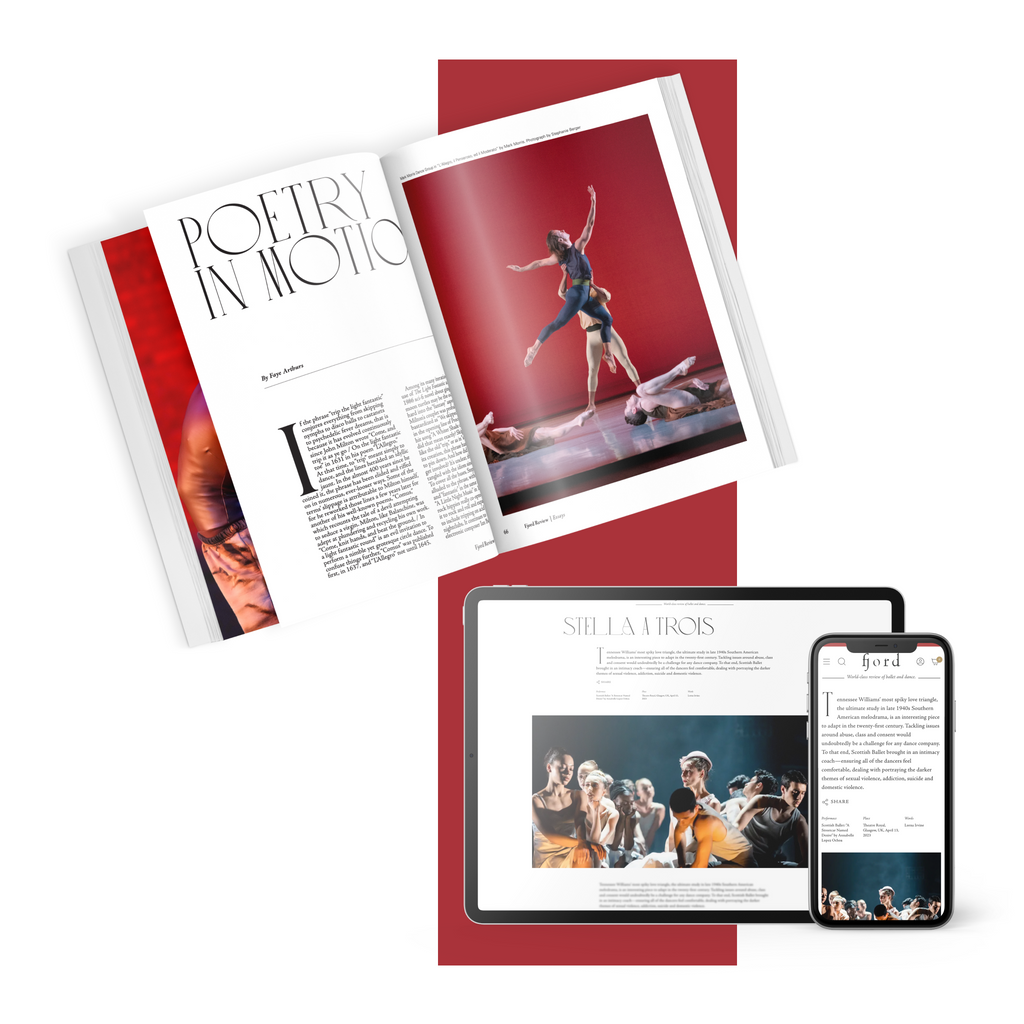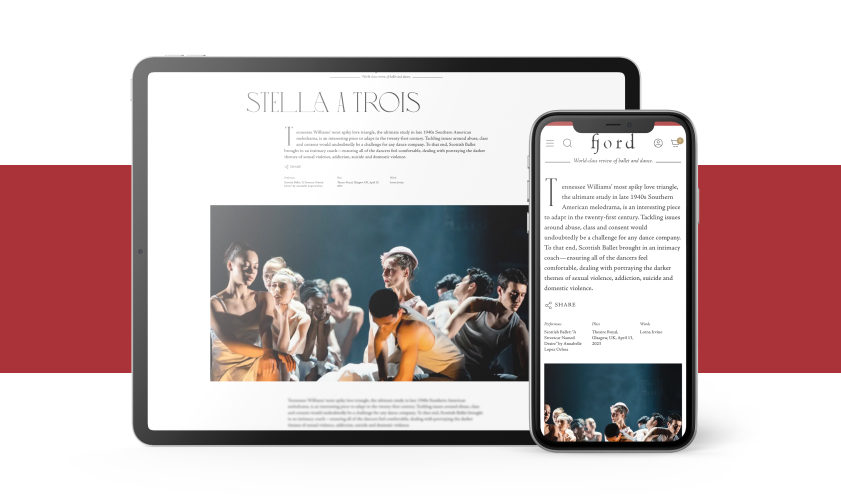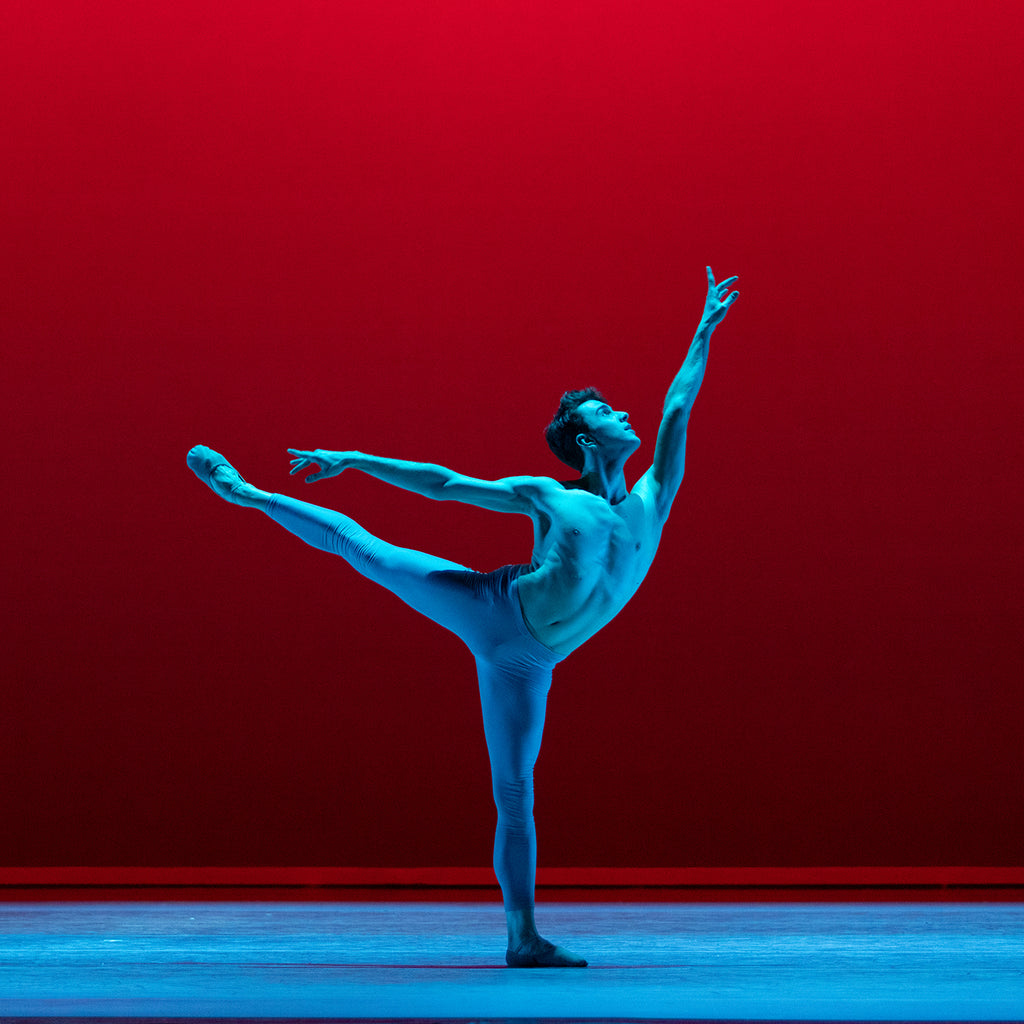Modern Dance Hold’em
Lassoing is a surprising through-line for a Martha Graham Dance Company performance. The theme steps generally tend towards the child-birthing variety: contractions and deep squats.
Continue Reading
World-class review of ballet and dance.
Entering his 10th year as artistic director of Philadelphia Ballet, Ángel Corella put his artists through a ring of fire in their early spring concert at the Academy of Music. The program began with Alvin Ailey’s 1970 “The River” danced to a smooth score which Duke Ellington wrote for the work. The entire program, though made of works from the ’70s and ’80s, looked oh so today and often took us through a history of ballet showing how, even though only 50 years ago and less, choreographers, individual dancers and companies reaccentuate work and redefine repertoires.
Performance
Place
Words



Starting at $49.99/year
Already a paid subscriber? Login

Lassoing is a surprising through-line for a Martha Graham Dance Company performance. The theme steps generally tend towards the child-birthing variety: contractions and deep squats.
Continue ReadingAs a dance viewer, it’s easy to get swept up in the grand movements in a piece, glossing over the finer details.
Continue ReadingHubbard Street Dance Chicago was in New York for a two-week run March 12–24 at the Joyce Theater, a venue that consistently programs excellent smaller dance companies in its 472-seat theater.
Continue ReadingThe legendary Cuban dancer Carlos Acosta trained relentlessly to come out of retirement last year for a performance of classical works in celebration of his 50th birthday at the Royal Ballet, where he spent most of his professional career.
FREE ARTICLE
comments